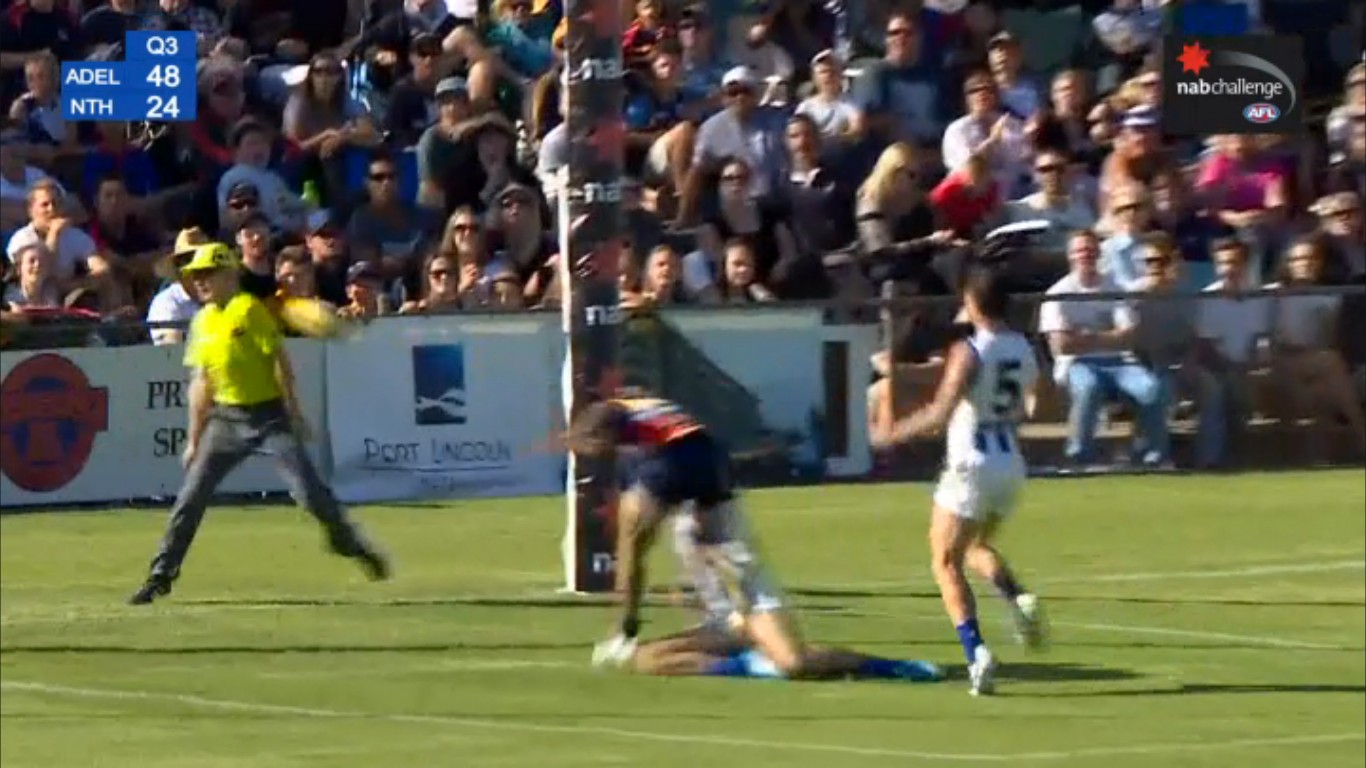- Apr 29, 2009
- 2,382
- 2,598
- AFL Club
- North Melbourne
- Other Teams
- Waterford GAA, Glenorchy, Hob (BBL)
Which he wasn't ... he was standing behind the goal line at the moment the ball rebounded off him ... according to screenshots I captured of paused video.
Could you upload the screenshots? I had a look at the footage again but, whilst the goal umpire is clearly mostly behind the line, it's hard to see whether the ball fully crosses or not - the angle of the footage means it's hard to say definitively.





